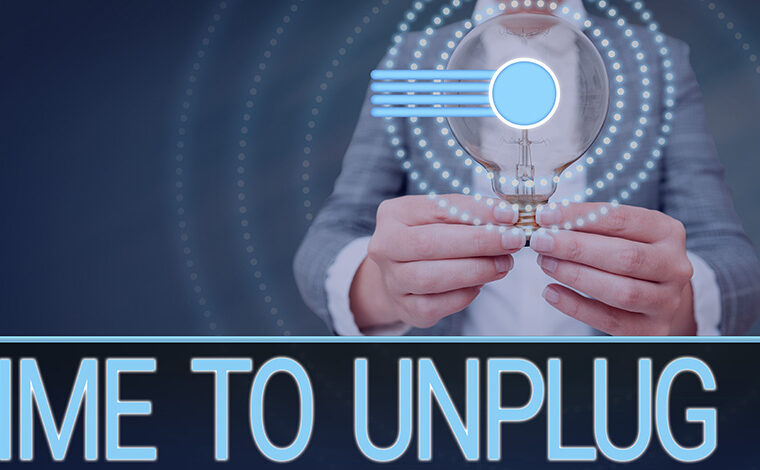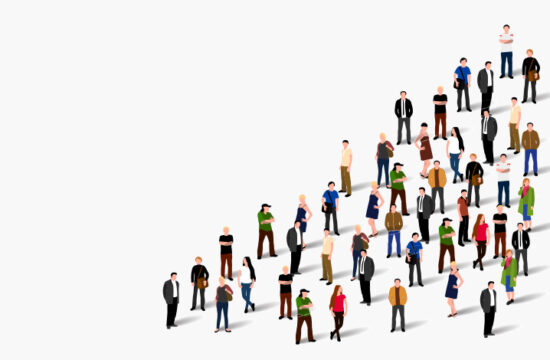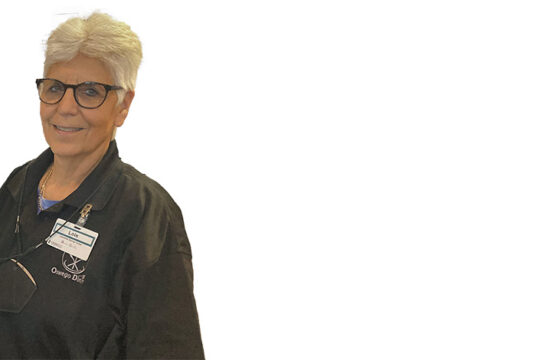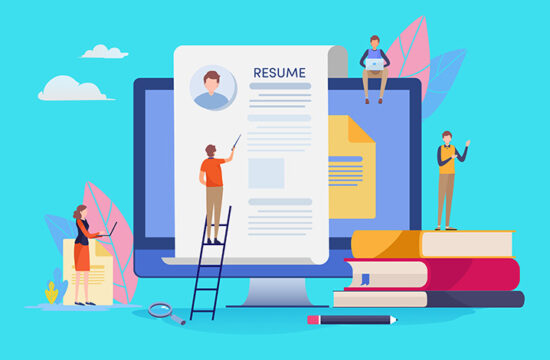By Deborah Jeanne Sergeant
Although you rely on your phone and laptop for entertainment, organization and research, it’s healthy to “unplug” occasionally.
“For some students, unplugging is needed,” said Cody Bowser, senior staff clinician and licensed mental health counselor at Paths to Recovery Mental Health Counseling in Syracuse and an Oswego alumnus.
By socializing off-screen, “you’re interacting with others directly instead of through technology,” Bowser said.
He recommended finding a sense of community with other students through Greek life, clubs and athletics. “You’re not consistently relying on technology to interact, even if you’re getting together to play video games. It’s more about the interaction with others than the interaction with the technology.”
Checking the news and social media can help you stay up to date; however, this can become overwhelming. Ashley Williams licensed mental health counselor with Cardinal Hope Mental Health Counseling Services, PLLC in Syracuse, encourages students to create a “space to unplug from social media and focus on your personal well-being and self-care.”
Screens stimulate our minds and bodies in unnatural ways with their limited sensory input and instant gratification. Going full-on Luddite won’t work long-term—nor would it be desirable to do so for most people—but turning off your notifications and taking a screen break can help recharge your mental health.
Shinrin-yoku is the Japanese practice of forest bathing. It began in the 1980s when the technology industry began taking hold in Japan. Forest bathing involves stepping away from technology to relax in the ambiance of nature. Anytime you can enjoy the outdoors when you unplug, do so.
“In Upstate NY we have such nice scenery,” Williams said. “Take those walks. Tap into the senses. It ties into mindfulness and can be very stress reducing for a lot of people.”
Remain mindful as you note the sights, sounds, scents and textures of your surroundings while hiking or even just sitting in a park.
You could also unplug by trying a hands-on hobby or recreational activity. Getting your body moving sans tech helps you engage different parts of your brain and body left dormant when you’re using a screen. Make a craft (without a YouTube tutorial) or play a board game or sport with friends.
Go to the library or bookstore to select a physical book or periodical to read for pleasure. The tactile qualities of hardcopy reading material is different than reading from a screen. Plus, you’ll need to go mingle a bit to find something to read. Instead of searching for just what you want to read, you may discover something new. Novel experiences can help shake off the screen doldrums.
Get out and socialize in person. It takes more time than shooting texts to friends but doing so can rejuvenate your brain.
It’s not easy to step away from screens but try it and see how much better you feel.
“Mindfully taking a break from electronics can help productivity because it can improve focus and clarity, by allowing the mind to become less cluttered,” said Renee L. Hagar-Smith, owner and founder of Renee Hagar Smith Wellness in Manlius. “It helps bring students back to the present moment, as well as the people and places around him or her, where they can cultivate real world experiences, instead of virtual ones. Plus, it encourages the student to move their body more, and physical activity helps to promote overall health and wellbeing.”












